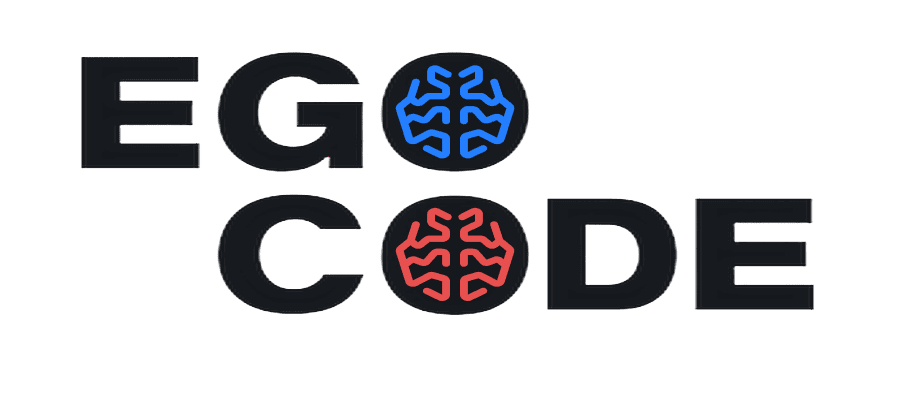Description
EGO-TEST: Your Path to Self-Discovery Through Deep Personality Analysis
Taking the EGO test thoughtfully and honestly can become a powerful tool for navigating the matrix of human reality. This is because the test allows individuals to become aware of and interpret their internal beliefs, fears, aspirations, and unconscious patterns that shape their current reality. Let’s consider how this can be implemented.
1. Awareness of Internal States
Thoughtful completion of the EGO test allows an individual to:
- Identify Current Beliefs and Fears: High or low values in criteria X, Y, Z, and their unconscious counterparts X0, Y0, Z0 indicate strong beliefs and hidden fears.
- Understand Interaction Between Conscious and Unconscious Aspects: Knowing the ratios between Z and Z0, X and X0, Y and Y0 helps understand which aspects of the personality are dominant at the moment and which are suppressed.
2. Setting the Moment of Choice
The process of taking the test and analyzing the results helps:
- Consciously Choose Reactions: Understanding internal states allows for more conscious decision-making and management of reactions to external events.
- Strengthen Belief in Desired Outcomes: If a person believes their thoughts and beliefs influence reality, they can deliberately strengthen positive beliefs and reduce the influence of negative ones.
3. Predicting Movements within the EGO Matrix
Using EGO test results to predict movements within the reality matrix involves several key steps:
Step 1: Analyzing the Current EGO-code
- Calculate Current Values: Analyze the values of all criteria (X, Y, Z, X0, Y0, Z0, CHARACTER) and their ratios.
- Determine Dominant Patterns: Identify which aspects of the personality are dominant and which are suppressed.
Step 2: Setting Target Changes
- Set Goals: Determine what changes in beliefs and behaviors are necessary to achieve the desired state.
- Create an Action Plan: Develop strategies to strengthen positive beliefs and weaken negative ones.
Step 3: Continuous Monitoring and Adjustment
- Retake the Test: Regularly take the EGO test to track changes in personality state.
- Analyze Progress: Compare current values with previous ones to assess progress and adjust the action plan accordingly.
Example of Practical Application
Initial State
- EGO-code: {X: -0.5, Y: 0.6, Z: -0.3, X0: -0.7, Y0: 0.8, Z0: -0.2}
- Interpretation: High values of Y and Y0 indicate strong aspirations for self-sacrifice and positive beliefs, while low values of X and X0 indicate significant fears and insecurities.
Target State
- Target EGO-code: {X: 0.2, Y: 0.8, Z: 0.5, X0: 0.3, Y0: 0.9, Z0: 0.6}
- Interpretation: Reducing fears (X, X0) and strengthening positive beliefs (Y, Y0) and social adaptation (Z).
Actions
- Strengthen Positive Beliefs: Practice affirmations, meditations, and other techniques to reinforce belief in positive outcomes.
- Address Negative Beliefs: Psychotherapy or cognitive-behavioral therapy to recognize and reduce the influence of fears.
Evaluating Progress
- Retake the EGO Test at Regular Intervals.
- Analyze Changes in EGO-code: Compare current values with initial and target values to assess the effectiveness of the actions taken.
Conclusion
Honest and thoughtful completion of the EGO test provides a deep understanding of internal beliefs and states, allowing for deliberate work on changing reality through the moment of choice. Systematic analysis and correction of beliefs can become a powerful tool for managing movements within the EGO matrix, ensuring more harmonious and conscious interaction with the world.




